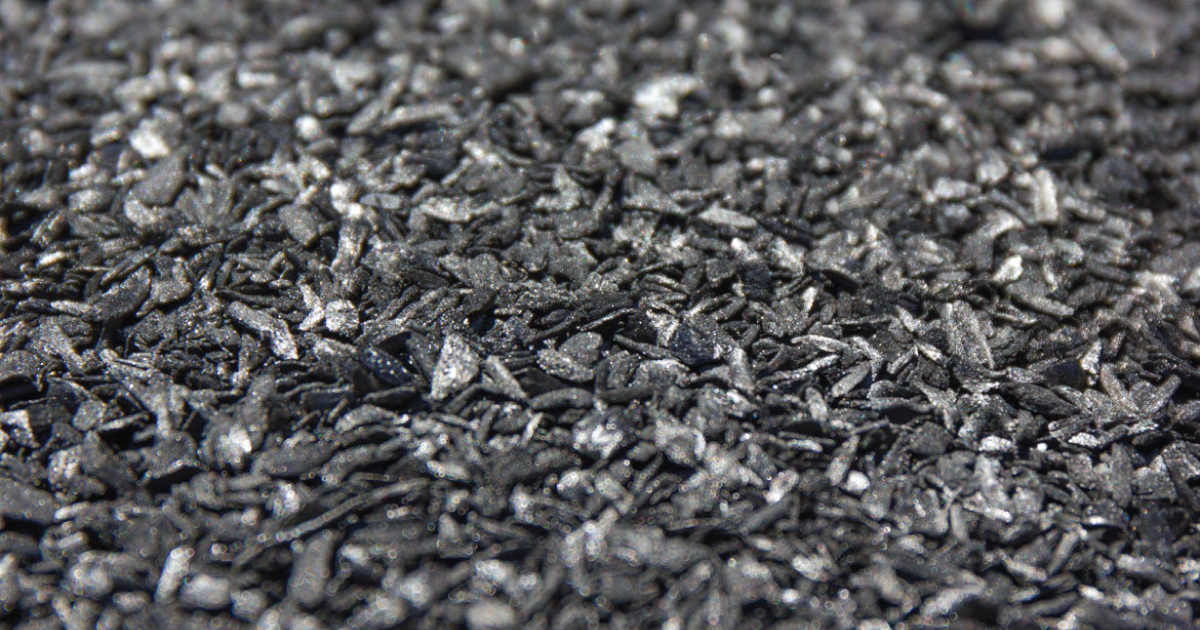
Carbon Sink Products
Densified wood is stronger and more resistant than titanium steel or carbon fiber composites. It could be used to build wind turbines, bridges, shipping containers, and even cars. Each ton of the material contains 500 kg of carbon. Since those products are made to persist, they can be viewed as carbon sinks.
December 28, 2019 | Source: The Biochar Journal | by Hans-Peter Schmidt
Densified wood is stronger and more resistant than titanium steel or carbon fiber composites. It could be used to build wind turbines, bridges, shipping containers, and even cars. Each ton of the material contains 500 kg of carbon. Since those products are made to persist, they can be viewed as carbon sinks. We need to redefine industrial production not only in regard to minimizing energy consumption but also in regard to maximizing the carbon content of all products. The carbon cycle of the planet can only be rebalanced when biomass feedstock like wood or biochar are used to produce industrial materials that store carbon for the long term.
Carbon preserving use of forest wood
The European forest is particularly at risk from climate change. In the two years 2018 and 2019 alone, over 150 million cubic meters of wood were lost in Germany due to the bark beetle, drought and storm damage. The amount of biologically bound carbon that is going to be released during the rotting of the wood corresponds to about 10% of Germany’s annual CO2 emissions. Millions of new trees must be planted to compensate for the damage. But in addition to the undoubtedly important task of creating new forests and closing gaps, it is becoming an increasingly important national task to protect the existing forests and to develop carbon-conserving wood uses.
